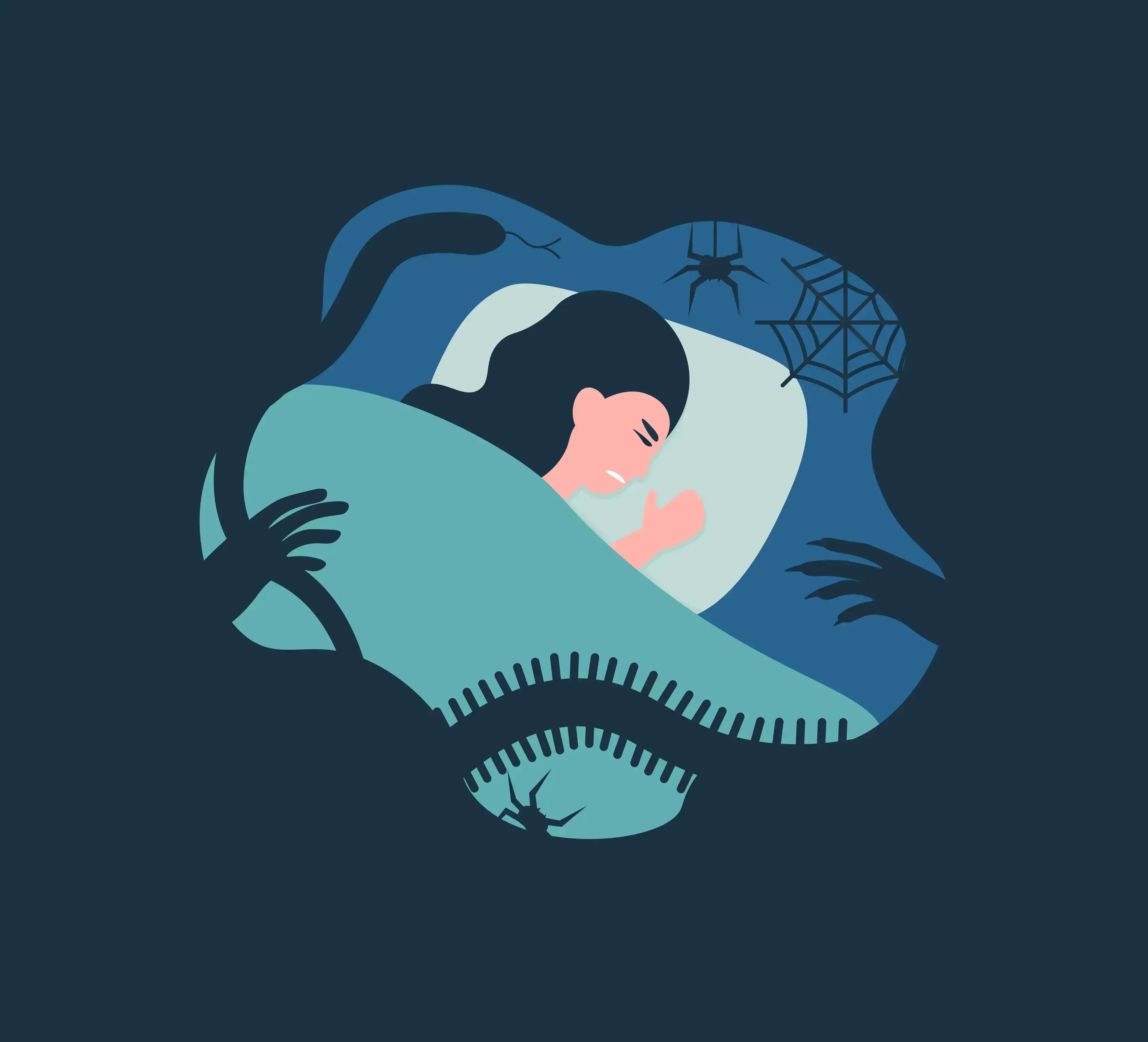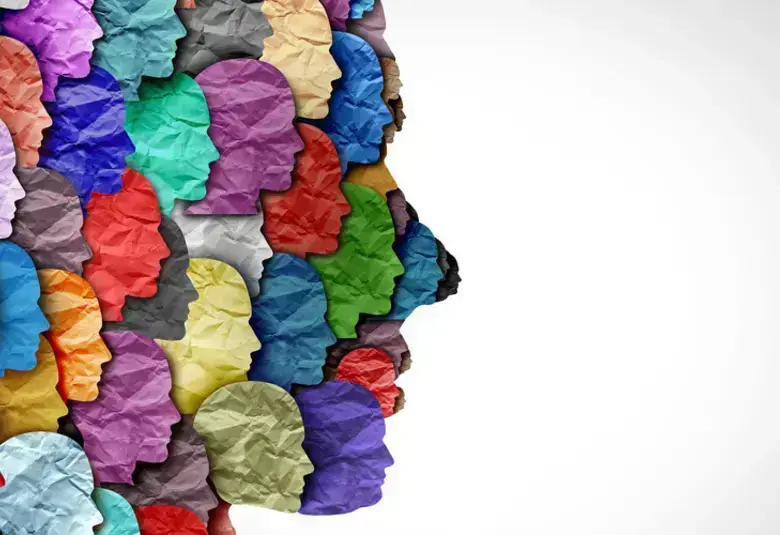Rapid eye movement sleep behavior disorder is characterized by abnormal sounds and movements during REM sleep, lack of normal atonia and unpleasant dreams. It results from neuronal degeneration and may predict future Parkinson’s disease, explained experts at MDS Virtual Congress 2020.
렘수면 행동 장애는 렘수면 중 비정상적인 소리와 움직임, 정상적인 무긴장 소실, 불쾌한 꿈 등의 특징을 나타냅니다. MDS Virtual Congress 2020에서 전문가들은 이러한 증상들이 신경 퇴행으로 인해 나타난 것으로 향후 파킨슨병을 예측할 수 있다고 설명했습니다.
According to the American Academy of Sleep Medicine International Classification of Sleep Disorders, rapid eye movement (REM) sleep behavior disorder (RBD) is characterized by:
미국 수면의학회의 국제 수면장애 분류에 따르면 렘(Rapid Eye Movement, REM) 수면 행동 장애(RBD)의 특징은 다음과 같습니다.
- vocalizations, jerks, and motor behaviors during REM sleep
렘수면 중 발성, 경련, 움직이는 행동 - absence of physiologic atonia during REM sleep1
렘수면 중 생리적 무긴장소실1
Unpleasant dreams are common and often involved being attacked, chased, or arguing2
불쾌한 꿈을 꾸는 경우가 흔하고 꿈의 내용이 주로 공격당하거나 쫓기거나 다투는 내용과 관련됨2
In addition, REM-related dream content is common, said Dr Ambra Stefani, Innsbruck, Austria.
또한 오스트리아 인스브루크의 암브라 슈테파니 박사는 렘수면 시 꾸는 꿈의 내용은 공통적이라고 말했습니다.
In a study of 203 patients with RBD, 44% were not aware of their sleep behavior. The most common symptoms were punching, kicking, talking and screaming, and nearly 60% of partners had been injured. Unpleasant dreams were recalled by 93%, and most often involved being attacked, chased, or arguing.2
203명의 RBD 환자들을 대상으로 한 연구에서 44%가 자신의 수면 행동을 인식하지 못했습니다. 가장 흔한 증상은 주먹질, 발차기, 말하기, 소리 지르기였으며 함께 수면 중인 사람의 60% 가까이가 부상을 입었습니다. 93%는 불쾌한 꿈을 기억했는데 대부분은 주로 공격당하거나 쫓기거나 다투는 것과 관련이 있었습니다.2
RBD commonly precedes neurodegenerative disease
RBD는 일반적으로 신경퇴행성 질환보다 먼저 발생합니다.
RBD appears to result from neuron degeneration in the SLD and GiV3
RBD는 SLD와 GiV에서의 신경 퇴행에서 기인하는 것으로 보입니다.3
Studies suggest that RBD results from neurodegeneration of glutamate neurons in the sublaterodorsal tegmental nucleus (SLD) and ɣ-aminobutyric acid (GABA)/glycinergic neurons of the ventral gigantocellular retricular nucleus (GiV),3 explained Pierre-Herve Luppi, Lyon, France.
프랑스 리옹의 피에르 에흐브 루피는 연구 결과 RBD는 앞거대세포그물핵(GiV)3의 하측배 피개핵(SLD)에 있는 글루타민산염 신경 세포와 감마 아미노부티르산(GABA)/글라이신성 신경 세포의 신경 퇴행에서 기인한다고 설명했습니다.
An observational study of patients with idiopathic RBD found that 10 years after diagnosis, 45% developed neurodegenerative disease, and in 45% of cases, this was Parkinson’s disease.4
특발성 RBD 환자들에 대한 관찰 연구에서 진단 후 10년 동안 45%에서 신경퇴행성 질환이 발병했고 사례들 중 45%에서는 파킨슨병임을 알 수 있었습니다.4
RBD is now recognized as the prodromal stage of an α-synucleinopathy,5 and the common occurrence of prodromal PD biomarkers among individuals with longstanding idiopathic RBD suggests an underlying neurodegenerative process.6
RBD는 이제 알파 시누클레인병증의 전구기 단계로 인식되고 있으며,5 오랜 특발성 RBD 환자들 사이에서 전구기 PD 바이오마커가 자주 발생하는 것은 근본적인 신경 퇴행 과정임을 시사합니다.6
Idiopathic RBD might be best reconceptualized and renamed as “isolated” RBD5
특발성 RBD를 ‘단독’ RBD로 개념을 다시 정립하고 명칭을 변경하는 것이 좋습니다.5
Biomarkers for future α-synuclein pathology among people with idiopathic RBD include:
특발성 RBD 환자들의 향후 알파 시누클레인병증의 바이오마커는 다음과 같습니다:
- olfactory loss7
후각 상실7 - reduced striatal dopamine signaling on dopamine transporter imaging6
도파민 수송체 촬영 시 선조체 도파민 신호 전달의 감소6 - signs of α-synuclein pathology outside the central nervous system8
중추 신경계 외부의 알파 시누클레인병증의 징후8 - In view of the increasing evidence demonstrating the idiopathic RBD is an early manifestation of α-synuclein disease, it has been suggested that it is reconceptualized and renamed to “isolated” RBD.5
특발성 RBD가 알파 시누클레인병증의 초기 징후임을 나타내는 증거가 늘면서 개념을 다시 정립하고 ‘단독’ RBD’로 명칭을 변경하자는 방안이 제안되었습니다.5
Our correspondent’s highlights from the symposium are meant as a fair representation of the scientific content presented. The views and opinions expressed on this page do not necessarily reflect those of Lundbeck.




